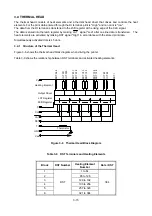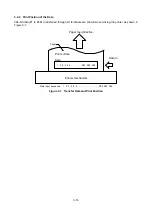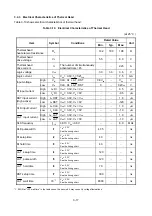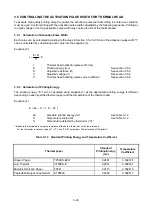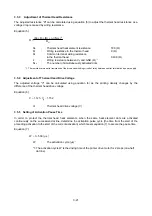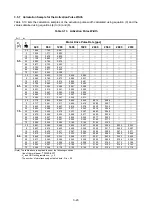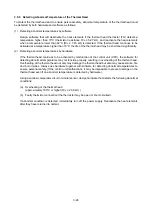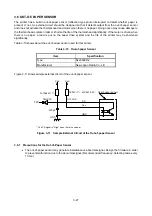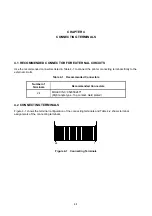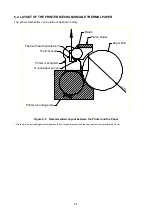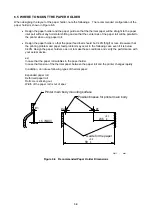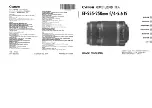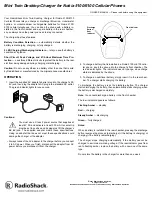
3-26
3.5.9 Detecting Abnormal Temperature of the Thermal Head
To protect the thermal head and to ensure personal safety, abnormal temperature of the thermal head must
be detected by both hardware and software as follows:
(1) Detecting abnormal temperatures by software
Design software that will deactivate the heat elements if the thermal head thermistor (TH) detects a
temperature higher than 70°C (thermistor resistance R
TH
≤
5.27 k
), and reactivate the heat elements
when a temperature lower than 60°C (R
TH
≤
7.45 k
) is detected. If the thermal head continues to be
activated at a temperature higher than 70°C, the life of the thermal head may be shortened significantly.
(2) Detecting abnormal temperatures by hardware
If the thermal head continues to be activated by malfunction of the control unit (CPU), the software for
detecting abnormal temperatures may not function properly, resulting in overheating of the thermal head.
Overheating of the thermal head not only may damage the thermal head but also may cause smoke, fire
and burn injuries. Always use hardware together with software for detecting abnormal temperatures to
ensure personal safety. (If the control unit malfunctions, it may be impossible to prevent damage on the
thermal head even if an abnormal temperature is detected by hardware.).
Using a window comparator circuit or similar sensor, design hardware that detects the following abnormal
conditions:
(a) Overheating of the thermal head
(approximately 100°C or higher (R
TH
≤
2.09 k
) )
(b) Faulty thermistor connection (the thermistor may be open or short-circuited).
If abnormal condition is detected, immediately turn off the power supply. Reactivate the heat elements
after they have returned to normal.




